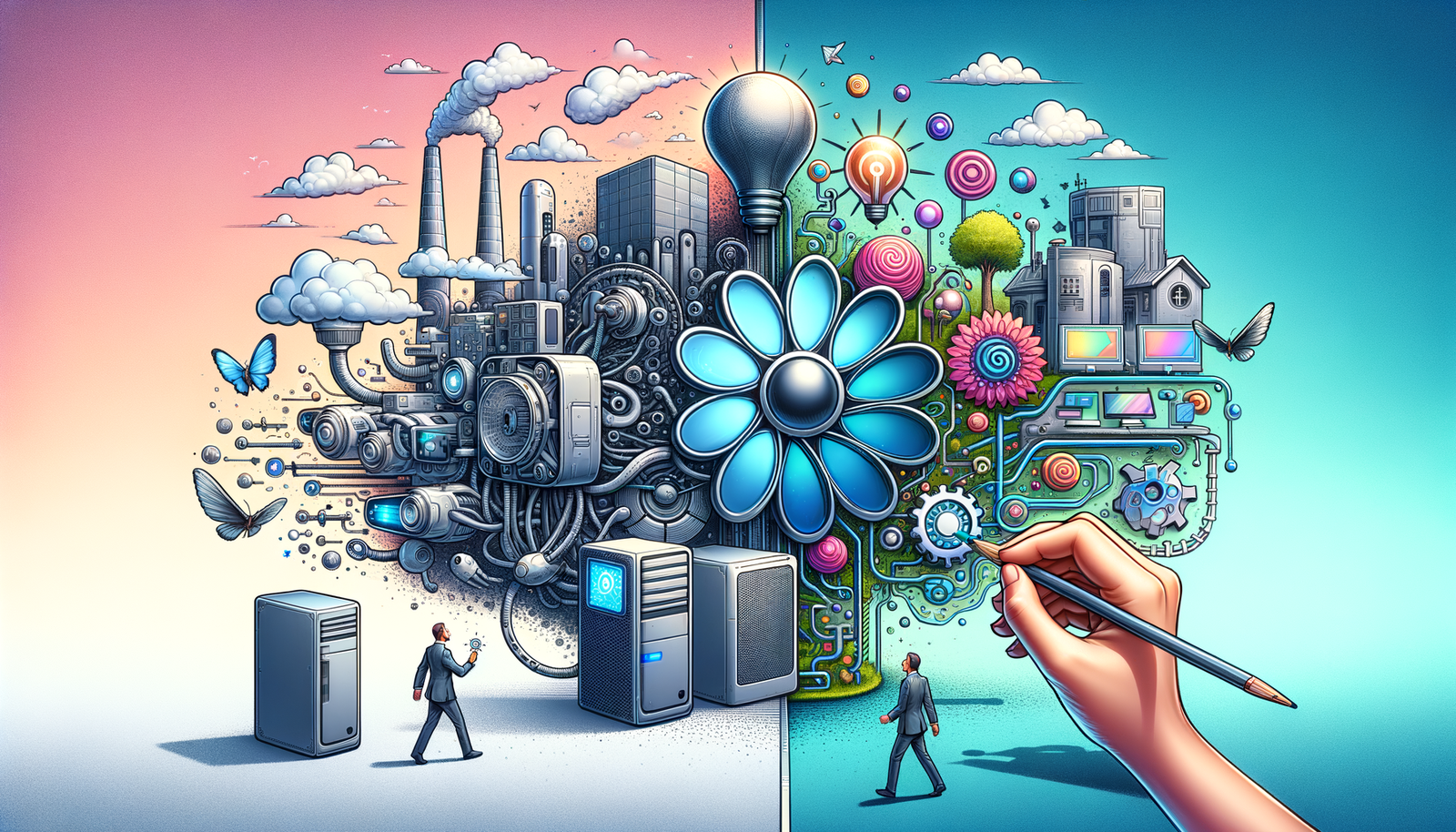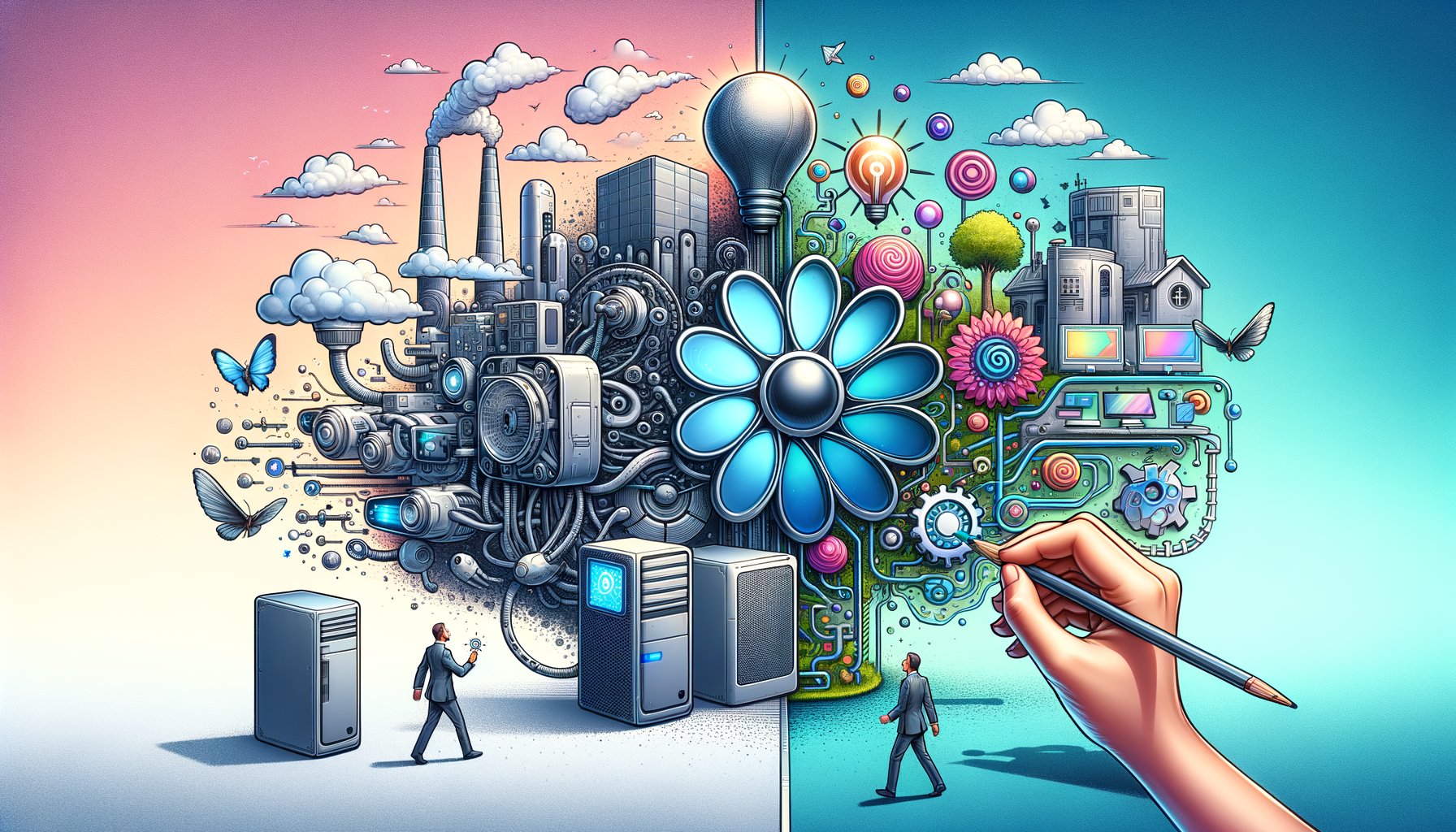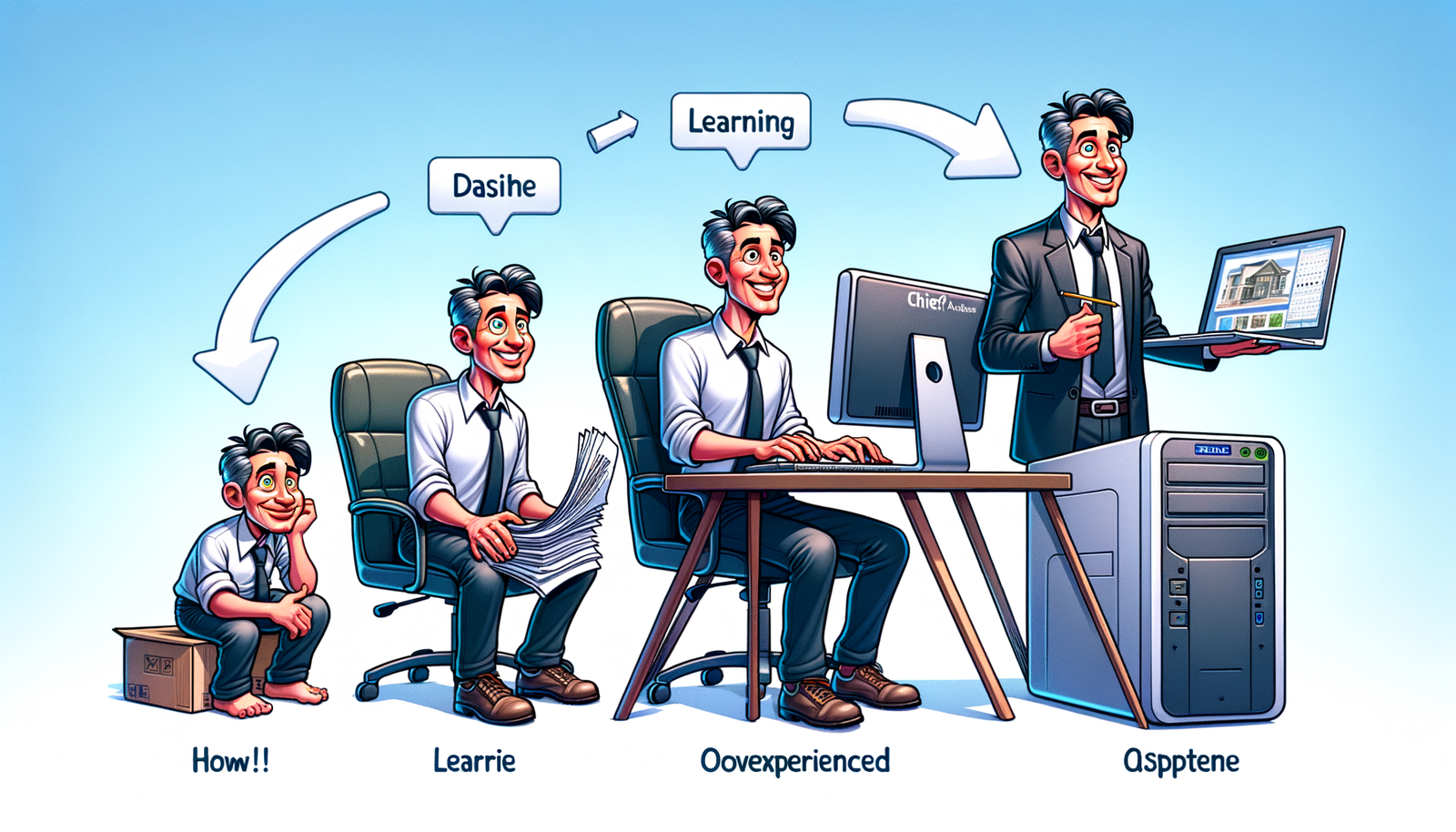Your Cart is Empty
Customer Testimonials
-
"Great customer service. The folks at Novedge were super helpful in navigating a somewhat complicated order including software upgrades and serial numbers in various stages of inactivity. They were friendly and helpful throughout the process.."
Ruben Ruckmark
"Quick & very helpful. We have been using Novedge for years and are very happy with their quick service when we need to make a purchase and excellent support resolving any issues."
Will Woodson
"Scott is the best. He reminds me about subscriptions dates, guides me in the correct direction for updates. He always responds promptly to me. He is literally the reason I continue to work with Novedge and will do so in the future."
Edward Mchugh
"Calvin Lok is “the man”. After my purchase of Sketchup 2021, he called me and provided step-by-step instructions to ease me through difficulties I was having with the setup of my new software."
Mike Borzage
Unveiling the Potential of Generative Design: Revolutionizing Product Development with AI and Advanced Computing
May 08, 2024 3 min read


Understanding Generative Design
Generative Design is revolutionizing the way products are conceived, optimizing for the best possible outcomes while automating innovation. At its core, it involves feeding a software system a set of design parameters that include performance criteria, materials, manufacturing methods, and cost constraints. The software then embarks on an iterative process, employing sophisticated algorithms to generate a vast array of design alternatives that meet the predefined requirements.
The benefits of leveraging generative design in product development are significant:
- Enhanced creativity and exploration of design possibilities, often leading to innovative solutions that would not have been discovered through traditional methods.
- The ability to quickly generate optimal design solutions that meet specific functional requirements while also reducing material usage.
- A considerable reduction in time and cost associated with the design process, as the software automates much of the heavy lifting that would otherwise be done manually.
Technologies Powering Generative Design
At the heart of generative design lies Artificial Intelligence (AI) and machine learning algorithms. Specifically, genetic algorithms mimic the process of natural evolution to iteratively improve upon design solutions, while neural networks, resembling human brain functions, enable the software to learn from data inputs and improve over time.
The computational power required for generative design cannot be understated. High-performance computing (HPC) and cloud computing are instrumental in handling the complex simulations that generative design software must execute. These technologies allow for rapid processing of vast quantities of data and the running of multiple simulations concurrently.
When it comes to the software tools available for generative design, there are several key players in the market. Each offers unique capabilities, but a comparison reveals common features essential for integration with existing CAD systems and workflows. The ability to seamlessly blend with established design processes is a significant advantage for any generative design tool.
Real-World Applications and Case Studies
Generative design has found its application across various industries, demonstrating its versatility and power. In the automotive sector, it has been used to create parts that are optimized for both weight and strength, leading to more efficient and performance-oriented vehicles. The aerospace industry benefits similarly by designing complex, lightweight structures that can withstand the rigors of flight while reducing fuel consumption. Consumer products have also seen an innovation boost, with generative design contributing to ergonomic and aesthetically pleasing items that meet consumer demands.
The impact on sustainability is one of the most promising aspects of generative design. It significantly contributes to:
- Reducing material waste by optimizing designs to use only what is necessary, thereby minimizing the environmental footprint of products.
- The potential for creating designs that are more energy-efficient, whether it’s through lightweighting or optimizing thermal properties.
The Future of Generative Design and its Challenges
The future of generative design is expected to be shaped by further integration with technologies like virtual reality (VR) and augmented reality (AR), creating immersive design experiences that can transform the design process itself. Additionally, advancements in AI are anticipated to automate even more aspects of the design process, further enhancing the capabilities of generative design software.
However, there are challenges and limitations to be addressed:
- The technical expertise required to effectively use generative design software can be a barrier to adoption, necessitating significant investment in skills development.
- Manufacturing constraints must be carefully considered, and a closer collaboration between designers and engineers is essential to ensure that generative designs can be brought to life.
In concluding, the role of generative design in shaping the future of innovation and engineering design is undeniable. It promises to redefine the roles of designers and engineers, driving them towards more strategic and analytical functions. As such, there is a call to action for the industry to embrace these advanced design technologies, preparing for a future where design is as much about setting the right parameters as it is about creativity and experience.
Also in Design News
Subscribe
Sign up to get the latest on sales, new releases and more …





